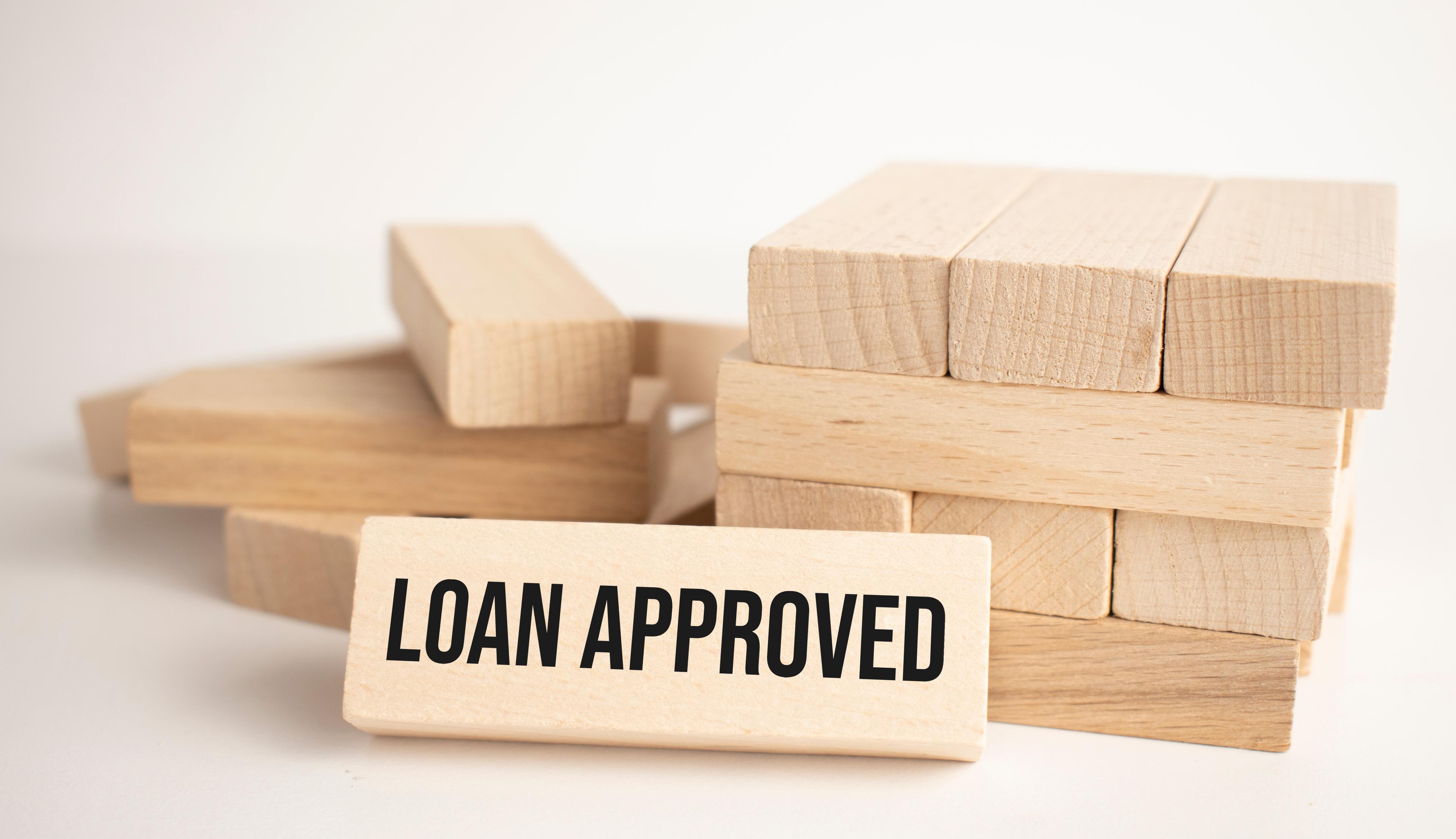
Loans
•04 min read

Picture this: you're set on your dream home, but a nagging thought lingers – have you got all your documents in order? Missing a single piece could delay your home loan disbursement by weeks. In this guide, we explore the concept of LOD, or List of Documents, which is essential for a smooth home loan process. By understanding LOD, you know exactly what documents you have submitted to your lender, ensuring clarity and accountability throughout the journey from application to final disbursement.
LOD stands for List of Documents. In the context of home loans, it is a detailed inventory of all paperwork submitted by the borrower to the lender. This comprehensive record plays a key role in keeping the process transparent and secure. When you submit documents for your loan application, the lender compiles an LOD to ensure that no critical paperwork is missing. Whether you are checking entries on a home loan calculator or reviewing details from an LOD letter from bank, knowing what is in your LOD is the first step to a hassle-free home loan experience.
The significance of an LOD cannot be overstated. It acts as an official record, ensuring that every document—from your loan agreement copy to the encumbrance certificate—is accounted for. This not only safeguards against any misplacement of original documents, but also guarantees that the disbursement process is not held up by missing files. In addition, the LOD is crucial later when you need to transfer the loan or even close it, as a correct and complete document record lays a strong foundation for future steps.
A common misunderstanding is that the LOD is the same as the sanction letter or loan agreement, which it is not. It is simply a list that includes these and other vital documents. Additionally, some assume that submitting an LOD is optional. In reality, it is a mandatory and important part of ensuring your loan application is processed without any surprises.
An LOD for your home loan usually comprises several critical documents. This list may include a copy of the loan agreement, the sanction letter, details of the disbursement, and the repayment schedule. It also includes a list of original property documents such as the Sale Deed, Title Deed, and No Objection Certificates (NOC). In some cases, additional documents like the Encumbrance Certificate are necessary. Maintaining an accurate LOD helps ensure that every piece of paperwork is in order.
Lenders typically hold on to the original property documents as a safeguard. These documents serve as collateral for the home loan, affirming your commitment towards repayment. Even though the originals are held securely by the lender, your LOD serves as a record confirming that they have been entrusted to them. This arrangement provides reassurance during the entire lifecycle of your loan.
-1e18e07d-89f4-4e70-9a99-1bf8d854b9d8.png&w=3840&q=75)
It is important to cross-check every detail in your LOD. Start by comparing the list with the documents you have submitted. If you notice any discrepancies or missing documents, reach out to your lender immediately for clarification. This proactive measure can save you from potential delays in your home loan disbursement, ensuring that every critical document is present and correct.
An incomplete or inaccurate LOD can become a major roadblock, potentially delaying the disbursement of your home loan. By ensuring that all required documents are provided upfront, you can help avoid unnecessary setbacks. Clear and precise documentation means your application process moves forward swiftly, supporting a smoother transition from application to disbursement.
Typically, lenders levy nominal LOD charges, often ranging from ₹200 to ₹500. These charges cover the administrative cost of verifying and maintaining the document list. Keeping copies of important original documents can sometimes help in managing these charges effectively. Always review the details mentioned by your lender to avoid any unexpected fees.
The LOD does not only play a crucial role during the initial loan disbursement but also during loan repayment or closure. Once you have repaid your loan fully, ensuring that all original documents are returned is vital. A proper LOD helps in acquiring a No Objection Certificate (NOC) from the lender, which confirms that the loan has been completely settled and your documents can be safely returned.
Requesting an LOD is straightforward. Draft a formal request letter to your lender, including all necessary identification and specific loan details. It is important to be precise in the request to avoid any errors. Once submitted, keep track of the request and follow up if needed until your LOD is issued.
If you decide to transfer your home loan or consider refinancing, your LOD becomes particularly crucial. Sharing this list with the new lender facilitates a smooth verification process, and confirms that all documents are in order. This can make the transition much simpler and quicker, allowing you to focus on your financial goals.

Some borrowers face challenges such as processing delays or discrepancies within the LOD. If you encounter missing documents or unusual delays, it is advisable to escalate the issue to a higher authority within your lender’s team or lodge a formal complaint. Addressing these challenges swiftly ensures that your journey towards your dream home stays on track.
LOD stands for "List of Documents."
It serves to record all documents submitted by the borrower, ensuring transparency across the entire loan process.
Yes, lenders usually levy nominal charges, but these can be managed by keeping copies of key documents.
Yes, borrowers are entitled to request an LOD at any stage of the loan lifecycle.
An incomplete LOD can cause delays in disbursement and complicate processes such as loan transfer or closure.
To sum up, the LOD is a cornerstone in the home loan process, serving to maintain a transparent record of every document you submit. It plays a vital role not only in the initial loan disbursement but also when carrying out any subsequent actions like loan transfers or closure. By understanding the components of your LOD and verifying its accuracy, you ensure a smoother, more efficient home loan journey. With a well-organised LOD, you are better placed to navigate the entire financial process with confidence and ease, enjoying perks like up to 500 NeuCoins on loan disbursal through Tata NeuMoney.